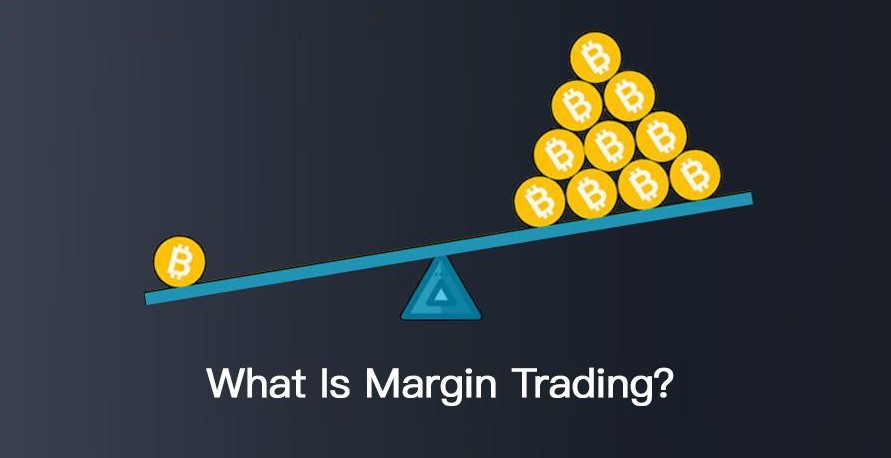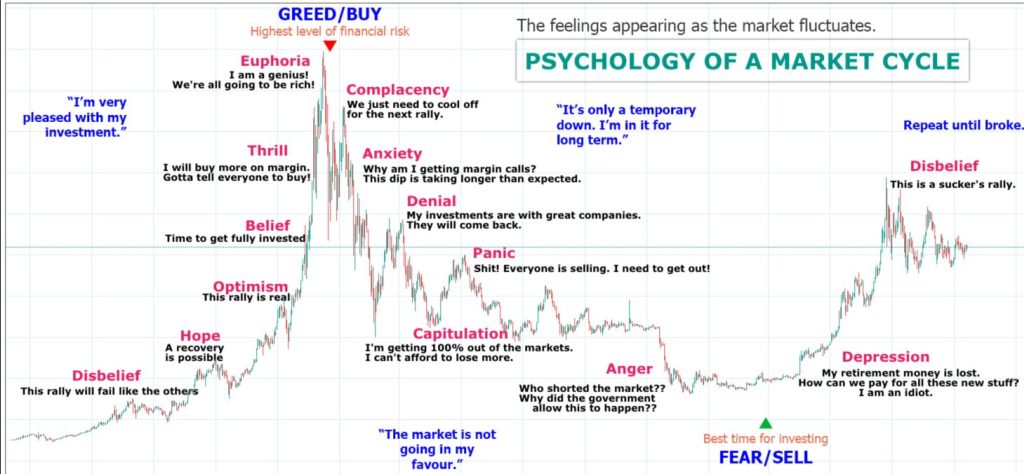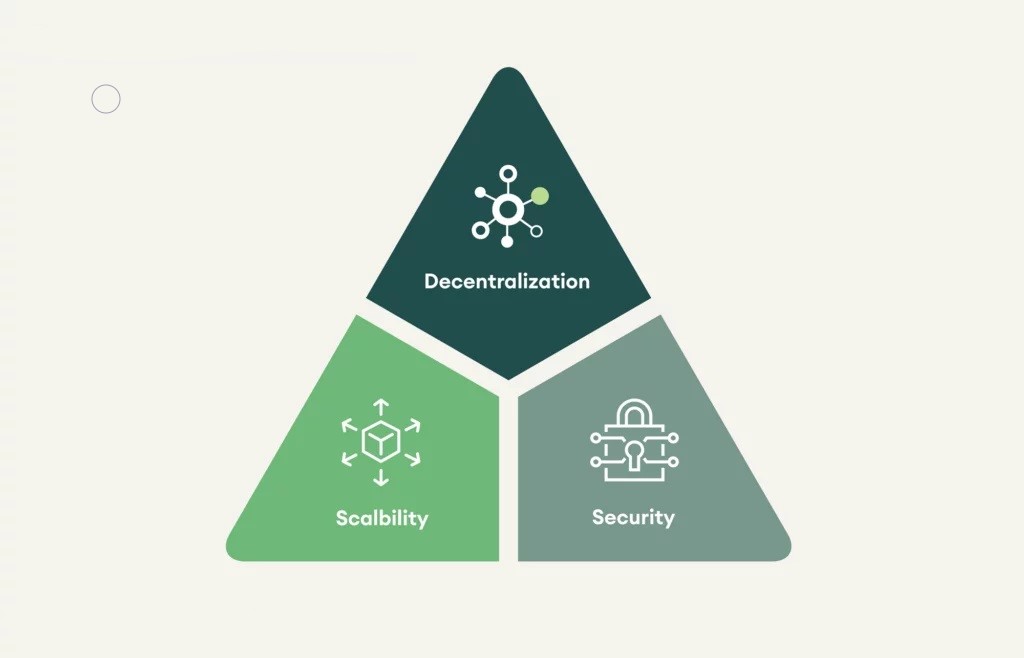Crypto margin trading, or leveraged trading, is a strategy where users borrow assets to trade cryptocurrencies, aiming to amplify returns using leverage. However, it’s important to recognize that this approach can also magnify losses.
How Does Crypto Margin Trading Work?
You borrow the money (leverage) from exchange to add it up to your already existing investment. However, your money is the one that gets wiped out if the prices fall, exchange money is never lost.
- Long Position: Speculate on price increase by borrowing cryptocurrency at the current price, aiming to sell it when the price rises to generate returns.
- Short Position: Speculate on price decrease by borrowing cryptocurrency at the current price, aiming to repurchase it when the price drops to generate returns.

Margin Levels, Margin Calls, and Liquidation
- Margin Level: The required amount of assets in your margin account.
- Margin Call: Notification from the platform to add assets when the margin level is unhealthy, preventing liquidation.
- Liquidation: Forced sale of collateral to cover negative returns, usually automated by platforms. This always happens when you lose all of your existing money. Exchange borrowed money is then returned to, well, exchange.
Isolated Margin Trading vs. Cross-Margin Trading
- Isolated Margin: Margin for a single position, with no impact on other positions in the portfolio.
- Cross Margin: Shared margin balance for multiple positions, where a deficiency from one position may be covered by a gain from another. This one is extremely risky.
Risks and Benefits
- Benefits: Potential to amplify returns using leverage.
- Risks: Small market movements in the opposite direction can lead to liquidation, resulting in loss of assets. Effective risk management and market understanding are crucial.
Summary
In summary, while crypto margin trading offers the potential for increased returns, it also introduces significant risks. Traders should thoroughly understand the mechanics and risks involved before engaging in margin trading and implement effective risk management strategies to mitigate potential losses.



